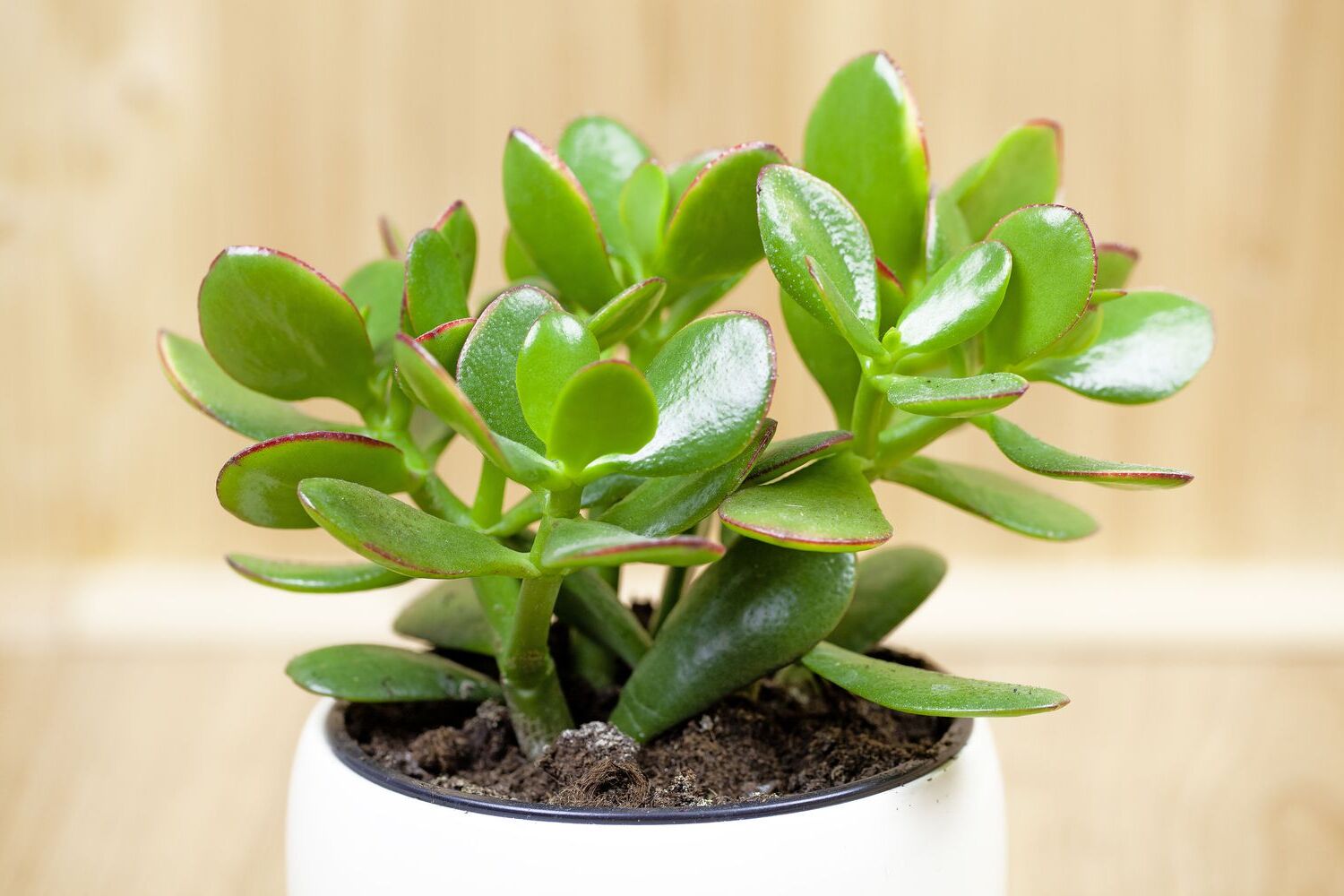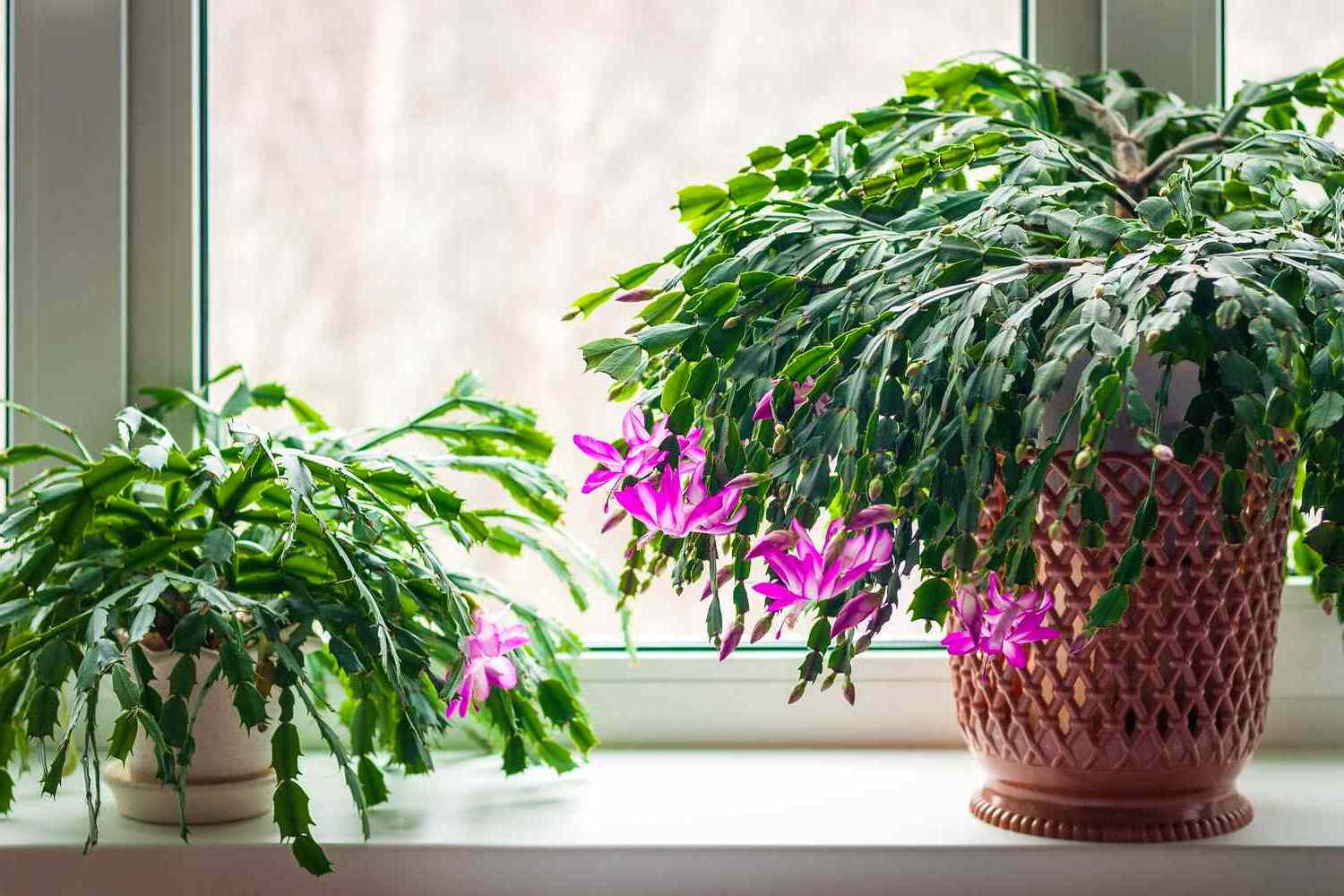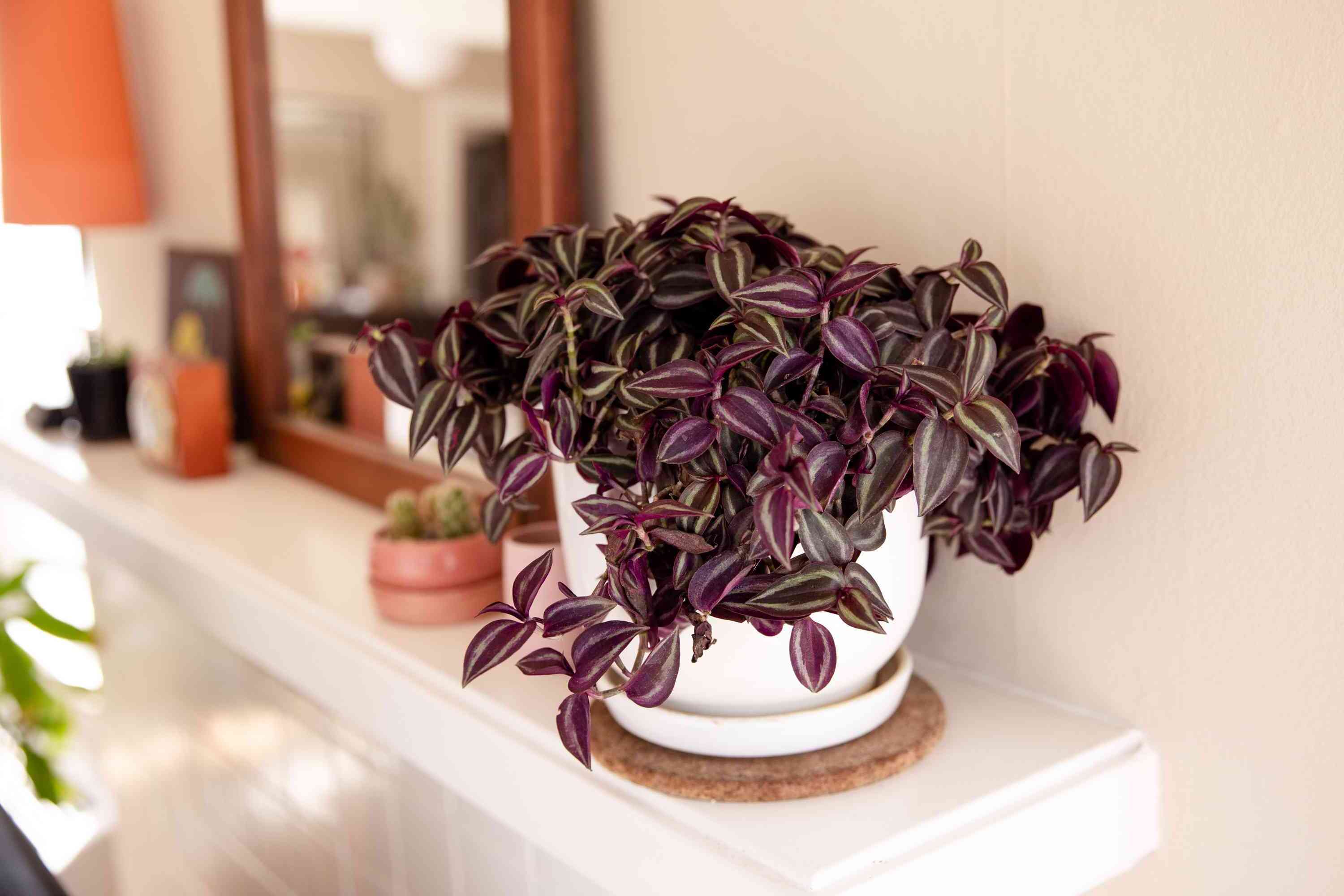Home>Ideas and Tips>Indoor Marimo Moss Ball Care for Unique Aquatic Plant Ideas


Ideas and Tips
Indoor Marimo Moss Ball Care for Unique Aquatic Plant Ideas
Published: September 24, 2024
Discover the secrets to caring for Marimo moss balls with our unique aquatic plant ideas. Enhance your indoor space with these low-maintenance green wonders.
(Many of the links in this article redirect to a specific reviewed product. Your purchase of these products through affiliate links helps to generate commission for Storables.com, at no extra cost. Learn more)
Marimo moss balls, also known as Aegagropila linnaei, are one of the most fascinating and low-maintenance aquatic plants you can keep indoors. These round balls of moss have been a popular choice for aquarium enthusiasts and home decor enthusiasts alike due to their unique appearance and ease of care. In this article, we will delve into the intricacies of caring for marimo moss balls, providing you with comprehensive tips and unique ideas to enhance your indoor space.
What Are Marimo Moss Balls?
Marimo moss balls are naturally occurring, spherical colonies of green algae that form in freshwater lakes and rivers. They are native to Japan and have been a part of Japanese culture for centuries. These balls can grow quite large in their natural habitat, reaching up to 12 inches (30 cm) in diameter, but indoor plants typically remain much smaller.
Choosing the Right Container
When selecting a container for your marimo moss balls, it's essential to choose one that is open or at least breathable. This allows for proper water circulation and prevents the buildup of stale water, which can lead to algae growth and other issues. Glass bowls or aquariums with good air circulation are ideal choices. Avoid using closed containers as they can create anaerobic conditions that harm the moss balls.
Water Requirements
Marimo moss balls thrive in room temperature water, typically between 15°C to 25°C (59°F to 77°F). They can tolerate standard tap water but may benefit from filtered or rainwater for better clarity and purity. If you're looking to add some extra nutrients, you can use aquarium water or even carbonated sparkling water. The carbon dioxide in sparkling water can enhance photosynthesis, creating those familiar air bubbles that give marimo moss balls their unique texture.
Water Changes
One of the most critical aspects of caring for marimo moss balls is regular water changes. You should change the water every few weeks by gently squeezing the moss ball in new water to clean it. This process helps remove any accumulated debris and prevents algae growth. It's also important to dump the old water outside on soil rather than down the drain to prevent the spread of invasive mussel species.
Rolling and Shaping
Marimo moss balls need regular rolling to maintain their spherical shape and ensure all sides receive equal lighting. This process mimics the natural movement they experience in their natural habitat, where water currents roll them along the lake bed. To roll your moss ball, simply place it on the palm of one hand and gently cup it with your other hand. Roll your hands for about 30 seconds as if you're rolling plasticine or making chocolate truffles. This will help restore the round shape and keep the algae strands intact.
Cleaning
Regular cleaning is essential for maintaining the health and appearance of your marimo moss balls. Every other week or so, pick up your moss ball and gently inspect it for any signs of dirt or debris. If it's dirty, simply squish it multiple times in a container with clean water. You can also swish it back and forth within the same container while maintaining a firm grip to prevent breaking it apart. After washing, roll the moss ball gently in your palms to restore its shape and help algae strands latch onto each other.
Lighting
Marimo moss balls require indirect sunlight to thrive. Direct sunlight can cause one side of the ball to turn brown due to uneven lighting. To prevent this, rotate your moss ball regularly so that all sides receive equal lighting. If only one side has turned brown, simply rotate the ball so that the brown side faces the light until it becomes green again.
Propagation
Marimo moss balls are slow-growing plants that can be propagated by gently "ripping" them in half or into smaller bits. However, this process should be approached with caution as it can damage the plant. It's recommended to propagate only if you're prepared for the long-term care required for the new smaller balls, which can take years or even decades to grow back to their original size.
Common Issues
Brown or Gray Color
If your marimo moss ball turns brown or gray, it's likely due to neglect or improper care. This can happen if one side of the ball doesn't receive sunlight for an extended period. Simply rotate the ball so that the brown side faces the light until it becomes green again. Regular washing and rolling can also help restore its natural color.
Black Color
If your marimo moss ball turns black, it's probably due to neglect and improper care. This could also be caused by hostile algae that hasn't been treated. Immediately remove any black parts and wash the ball. Reform it regularly until it becomes green again. Increasing the salinity of the tank and monitoring color changes can help treat this issue.
Unique Ideas for Display
Grouping
Marimo moss balls look best when displayed in groups of three or more. This not only adds to their aesthetic appeal but also helps reduce stress on individual balls. Grouping them also allows for better air circulation and prevents the buildup of stale water.
Vase Selection
When choosing a vase for your marimo moss balls, consider one that complements their natural beauty. A vase with an interesting shape or design can add an extra layer of uniqueness to your display. For example, a vase from the Cook Islands could be an excellent choice, as it adds a touch of exotic elegance to your space.
Aquarium Integration
If you're an aquarium enthusiast, integrating marimo moss balls into your tank can create a stunning display. Just ensure that the tank is large enough to accommodate the balls and that they receive adequate lighting. Avoid placing other decorations or moss balls close to each other as they may disturb sunlight distribution.
Conclusion
Marimo moss balls are more than just decorative plants; they are living organisms that require careful attention to thrive. By following these care tips and unique display ideas, you can create a beautiful and low-maintenance aquatic plant display that adds a touch of natural elegance to your indoor space. Whether you're an experienced aquarist or a beginner in plant care, marimo moss balls offer a fascinating and rewarding experience that can bring joy and serenity to any room.
Additional Tips
- Avoid Heavy Metals: Heavy metals like steel, iron, or copper can contaminate the water and harm your marimo moss balls. Ensure that any materials used in the tank or container are non-reactive.
- Regular Inspections: Regularly inspect your marimo moss balls for signs of dirt or debris. This helps prevent algae growth and maintains their health.
- Air Circulation: Good air circulation is crucial for maintaining the health of your marimo moss balls. Ensure that the container allows for adequate airflow.
By following these guidelines and tips, you'll be well on your way to creating a thriving and visually appealing display of marimo moss balls that will bring joy and tranquility to your home.
Was this page helpful?
At Storables.com, we guarantee accurate and reliable information. Our content, validated by Expert Board Contributors, is crafted following stringent Editorial Policies. We're committed to providing you with well-researched, expert-backed insights for all your informational needs.













0 thoughts on “Indoor Marimo Moss Ball Care for Unique Aquatic Plant Ideas”